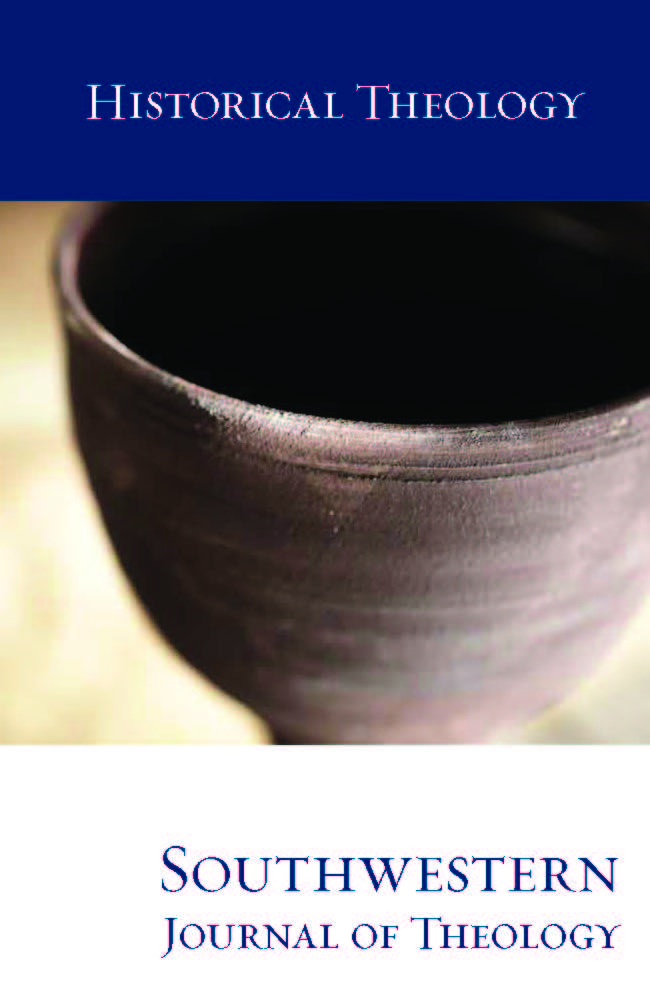
Historical Theology
Southwestern Journal of Theology
Volume 57, No. 2 – Spring 2015
Managing Editor: Terry L. Wilder
By H. Dana Fearon III. Grand Rapids: Eerdmans, 2013. 118 pages. Paperback, $18.00.
Dana Fearon is the Pastor emeritus of the Presbyterian Church of Lawrenceville, NJ and also served as guest lecturer at Princeton Theological Seminary. His experience in ministry and the classroom are soon evident in the brief, but helpful volume on case studies in pastoral ministry. The book targets seminary students considering their first ministry position in a local church and the transition that occurs from seminary to full-time ministry.
The book addresses twenty case studies intending to represent “episodes in ministry that pastors might encounter” (xv). The title of the book depicts the struggle that many young ministers face as they begin their ministries. The realities of inexperience meet the frustrations of every day ministry and new pastors discover that the sterile environment of a seminary classroom doesn’t always answer every question they will face or prepare them for every job they will assume in the church.
But this is not another book taking cheap shots at the seminary for unrealistically expecting that three years of training will be sufficient to cover every conceivable issue a pastor will face in a lifetime of ministry. Instead, Fearon affirms the great value of and need for seminary training, but concedes that many of the lessons pastors learn about ministry will only be learned while doing ministry (vii).
Readers will enjoy the easy-to-read writing style and young pastors will appreciate the timely and cogent advice throughout. All ministers will appreciate the wisdom revealed or learned through real-life experiences of the author. The issues addressed include: when theological explanations are not enough (3), the importance of prayer (chapters 2 and 3), leading through the potential conflict of people misplaced in leadership positions in the church (chapter 5), conflict management (chapter 12), and community affairs. Fearon also alerts potential ministers to the (sometimes unglamorous) realities of pastoral responsibilities by describing a typical pastor’s day (28-29), honestly assesses who we are and who we are not in ministry (31), deals with practical issues like baptism and marriage (chapter 13), and emphasizes the importance of missions and ministry (chapter 14).
One of the most helpful chapters dispels the old myth once taught in academia (as this reviewer can attest from his own experience in seminary) that pastors should not have personal friendships in the church. Fearon explains the effective and intentional friendships of Paul and Jesus and differentiates between healthy friendships and unhealthy cronyism (chapter eight).
Readers outside the Presbyterian tradition will not agree with or even relate to every issue Fearon presents. But, though one may not support paedobaptism (chapters 1 and 13), most will relate to the lessons these chapters teach on the importance of ministering to people and the opportunities for reaching parents through their children. While those outside the Presbyterian system will not relate to working with a session (19), all will relate to the similar issue of working with deacon or other leadership bodies in the church. While many pastors will not relate to wearing a collar in ministry (42), we can relate to the role of the minister representing the church in the community. While many will not agree with his support of female pastors (101), all pastors can benefit from his timely advice to all ministers throughout.
Fearon continues the conversation of ministry preparation. He has demonstrated how pastors lead with faith and wisdom through the myriad of issues that confront them. But, this is not just a book about working hard for Jesus. The book begins and ends with the reminder that the answer to tempests in ministry is not simply straining harder at the oars; it is trusting by faith that the Lord who called us is always sufficient to calm the storm.





